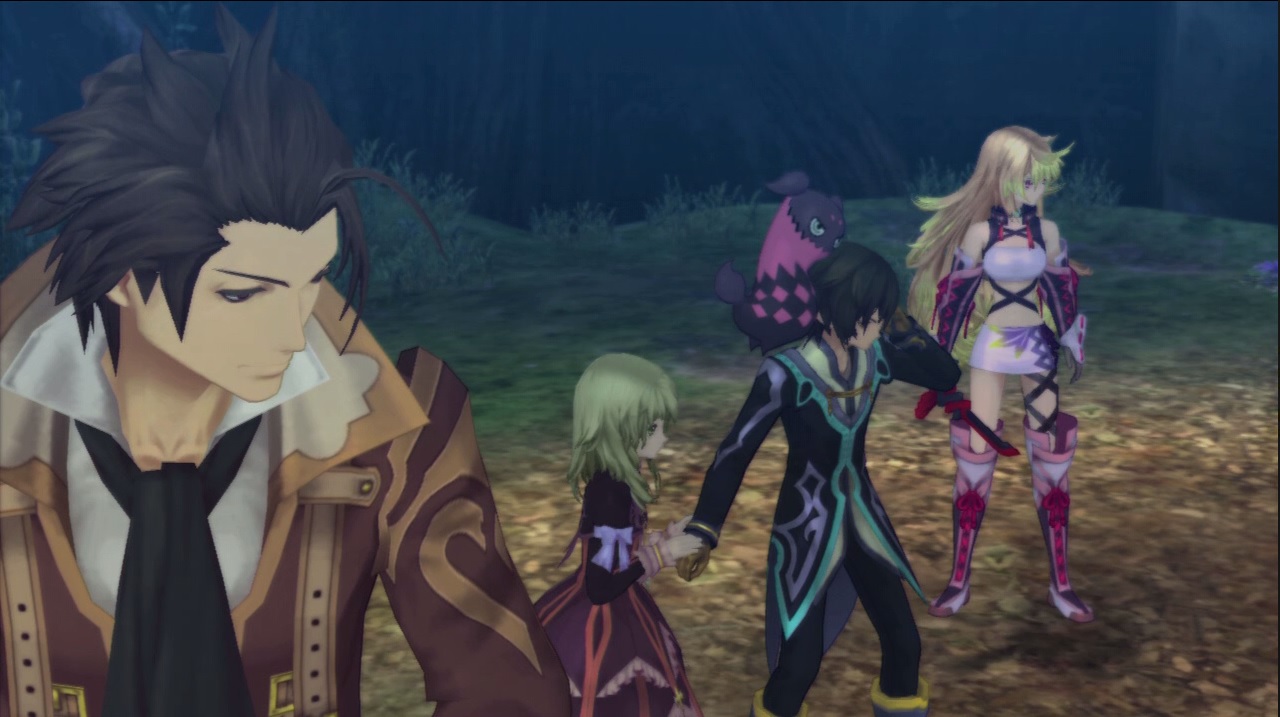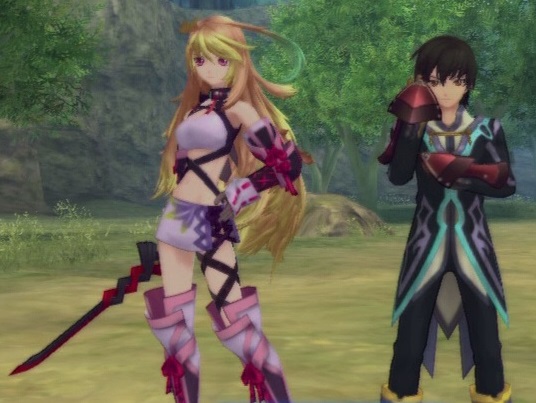Tom's Guide Verdict
Playing 'Tales of Xillia' is like putting on a favorite jacket: It's comfortable and familiar, but at the same time, sleek and sturdy.
Pros
- +
Fast-paced, fun battle system
- +
Delightful cast of memorable characters
- +
Gorgeous art style and visuals
Cons
- -
Forgettable music
- -
Dubious lip syncing
- -
Glacial pacing
Why you can trust Tom's Guide
Real-time battles
Playing "Tales of Xillia" for the PS3 is a little like putting on a favorite jacket after it's been repaired at a professional tailor shop: It's comfortable and familiar, but at the same time, sleek and sturdy. You'll take control of Jude Mathis and Milla Maxwell, two young adventurers who must assemble a motley crew of heroes to save the world.
Gameplay
In "Tales of Xillia," you'll spend the majority of your time doing one of three things: Exploring the world (which includes everything from scenic beaches to high-tech dungeons), fighting enemies in tense real-time battles and stopping in towns to improve your equipment and advance the plot.
Most Japanese role-playing games (JRPGs) feature turn-based battle systems, in which heroes and villains wait politely while the other side attacks. By contrast, "Tales of Xillia" launches you into a 3D battlefield where you can run, jump and dodge to your heart's content.
The controls are more akin to a fighting game: press one button for regular attacks and another for special attacks. Both types of attacks vary depending on your character's direction and speed. Running up to an enemy and punching your adversary into submission is a viable strategy, but so is launching your foe into the air, delivering a devastating jump kick and calling down a lightning storm on the opponent's head.
You'll control one character, either Jude or Milla, while a competent computer AI takes control of your other party members. By linking your special attacks, called Artes, with your allies, you can stagger enemies and launch devastating "Linked Artes." This can end normal battles in a flash and give you a fighting chance against the game's enormous bosses.
"Tales of Xillia" also puts a new twist on buying and selling equipment. Rather than just purchasing slightly better gear in each new town you come across, you can set your own pace for acquiring new equipment. As you buy and sell gear at certain shops, those stores' inventories and prices will improve. The way you spend your money will reflect your playing style; those who play offensively will buy and acquire better weapons, and those who play defensively will buy and acquire better armor.
MORE: 10 Xbox 360 Games to Play Right Now

Leveling up is also creative, if not entirely original. As characters gain experience and level up, players can assign points into their "Lilium Orbs," hexagonal grids with upgrades for attack power, magical strength, hit points and other stats. Purchasing these upgrades also unlocks corresponding skills, meaning that a character who focuses on magic will end up with a very different skill set than one who focuses on agility. If you've played "Final Fantasy X," you may notice more than a passing resemblance to that game's Sphere Grid.
While "Tales of Xillia" is strong on the gamplay front, a few nagging issues do hold it back. Linked Artes attacks can be extremely touchy and difficult to pull off, and that lack of precision can turn the tide of a boss fight in exactly the wrong direction. The battle system is at its best with a full, four-person party, but in the time it takes to get your fourth party member, you could finish most modern action games.
Multiplayer and Replayability
"Tales of Xillia" offers multiplayer mode for four players, but this requires some commitment and patience. Players can only play together locally, not online, and though each player controls a character in battle, three of them will have to sit still and wait while Player 1 advances the plot outside of combat.
After you've completed the game, you can also go through it again, carrying over weapons, items and other bonuses from your first playthrough.
Marshall Honorof is a senior editor for Tom's Guide, overseeing the site's coverage of gaming hardware and software. He comes from a science writing background, having studied paleomammalogy, biological anthropology, and the history of science and technology. After hours, you can find him practicing taekwondo or doing deep dives on classic sci-fi.


